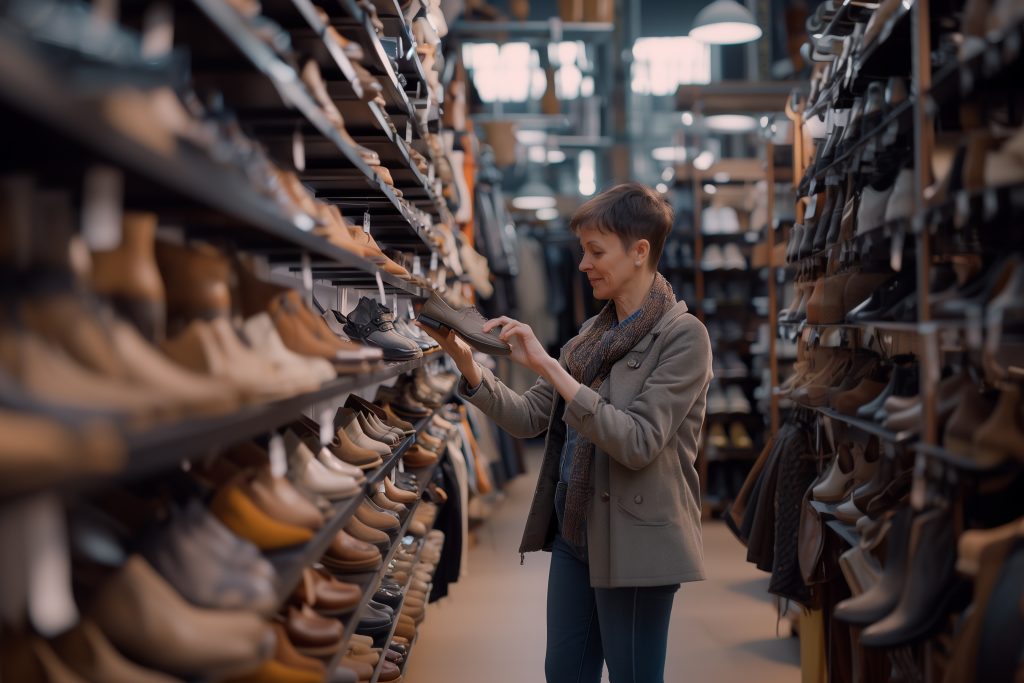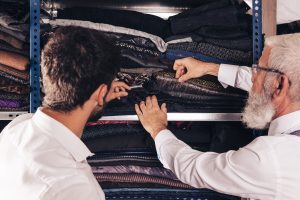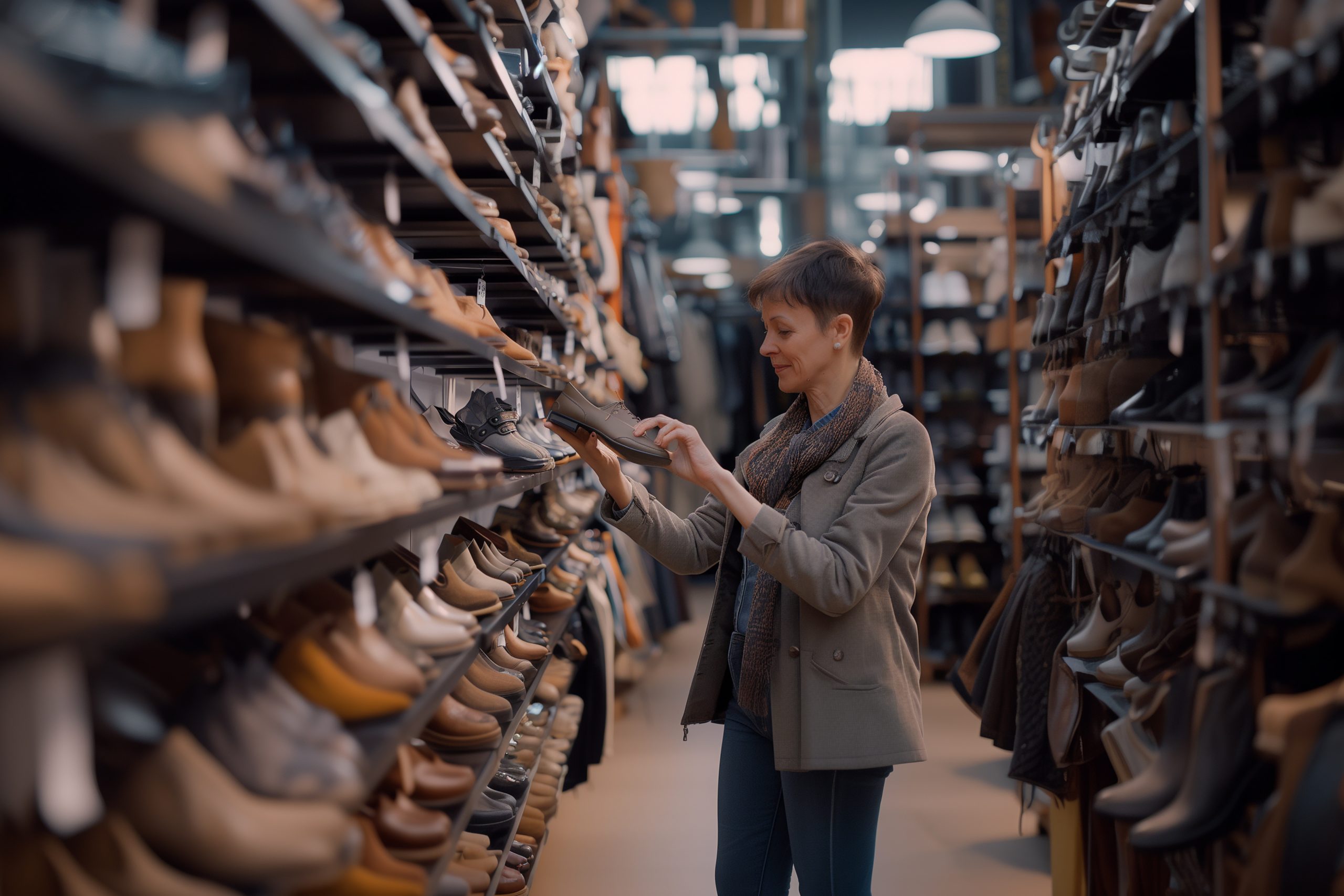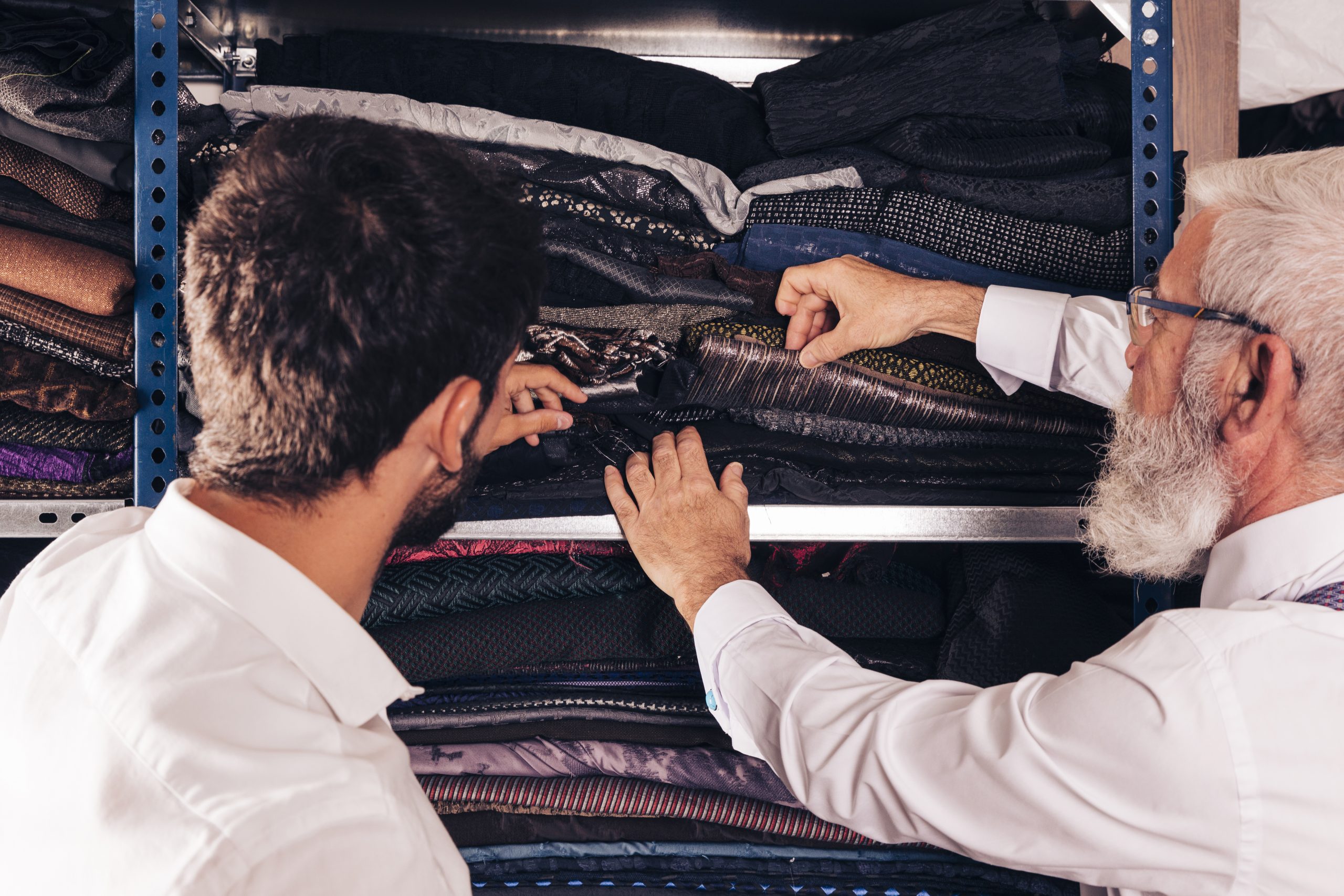Footwear may seem simple, but when it comes to U.S. customs, it’s one of the most complex product categories to import. From intricate tariff codes based on shoe construction to unusually high duty rates and frequent documentation issues, even seasoned importers can make mistakes.
If you’re a first-time importer or expanding your eCommerce inventory, here’s what you need to know to step confidently through the customs process.
Why Is Footwear So Complicated to Import?
Footwear imports are a hotspot for customs scrutiny. Here’s why:
- The U.S. Harmonized Tariff Schedule (HTS) breaks footwear into dozens of fine-grained classifications
- Small differences like the shoe’s sole material or whether it’s open-toed can significantly change your duty rate
- Footwear is often subject to double-digit duties, making accurate classification vital to your profit margin
Some footwear types face duties as high as 37.5%.
1. Classifying Footwear Correctly
Shoe classification starts in Chapter 64 of the HTS and depends on multiple factors:
- Upper material (leather, fabric, rubber/plastic)
- Outer sole material
- Shoe type (sports, sandals, boots, etc.)
- Toe coverage (open vs. closed)
- Gender and age (men’s, women’s, kids’)
- Fastening method (slip-on, lace-up, hook-and-loop)
Even a minor misstep can lead to incorrect duty payments or worse, a customs delay.
Want a clearer picture of how duties work? Review our U.S. Import Tariffs & Duties Guide for an overview of how HTS codes impact cost.
2. Watch Out for High Duty Rates
Footwear is notorious for some of the highest duty rates in U.S. imports. Why? This policy aims to protect U.S. manufacturers from cheaper imports, especially from high-volume producers like China or Vietnam.
Duty rates often depend on:
- Whether the shoe has leather, synthetic materials, or textile uppers
- Its intended use (casual vs. athletic)
- The presence of accessories like buckles, zippers, or padding
To avoid overpaying, work with a licensed customs broker who can ensure accurate classification and check eligibility for tariff exemptions or trade agreement benefits.
Check out U.S. Import Tariff Changes: Impact on Customs Brokers and Importers for insights on how changing policies may affect your pricing strategy.
3. Common Pitfalls in Footwear Importing
Here are the top mistakes footwear importers make and how to avoid them:
- Incorrect HTS Code: Even experienced importers sometimes misclassify due to similar-looking codes
- Missing Fiber Breakdown: If the upper or sole has mixed materials, you must list the dominant one by surface area
- Poorly Labeled Samples: U.S. Customs may demand samples to verify classification. If you can’t provide one, it may delay clearance
- Incorrect Country of Origin Marking: The country must be indelibly marked—usually inside the shoe—and must exactly match the documentation submitted to U.S. Customs.
Need a crash course in documentation? Browse our Key Documents for Importing Goods into the USA for what every shipment should include.
4. Understanding Footwear Labeling Rules
The Federal Trade Commission (FTC) doesn’t regulate footwear labels as strictly as textiles, but U.S. Customs has its requirements:
- Shoes must be marked with their country of origin in a way that is legible and permanent
- Product labeling should match customs paperwork exactly. Any discrepancies can trigger an inspection.
Need help with compliance before your shipment arrives? A customs broker can flag potential mismatches before they become costly.
5. First-Time Importer? Avoid the “Rookie” Mistakes
For small eCommerce brands or first-time importers, footwear may seem like a promising niche—until you encounter your first classification challenge or an unexpected 28% duty rate.
Here’s how to prepare:
- Request full spec sheets from your supplier, including material breakdowns
- Pre-classify your goods before production begins
- Calculate landed cost in advance, including duty, freight, and broker fees
- Stay updated on trade changes, especially if sourcing from countries like China or Vietnam
Need a broader strategy for your startup brand? Our article on Best Practices for First-Time U.S. Importers and Small eCommerce Brands is a great starting point.
6. Sourcing Strategy: Country of Origin Matters
Footwear sourcing has been shifting rapidly in response to tariffs. Brands now consider not just cost and quality, but tariff impact when choosing suppliers.
- Imports from China may carry higher duties or even additional tariffs
- Products made in countries with free trade agreements may qualify for duty-free entry
- Country of origin must reflect where the shoe was assembled, not just designed or shipped
Check if your product qualifies under USMCA or another agreement in our Import Diversification Strategies guide.
Conclusion
Footwear importing can be rewarding, but only if you take it step by step. Nail the classification, know your duty rates, and get your paperwork in order from day one. That way, you’ll avoid delays, fees, and unhappy customers.
Let Clearit USA Be Your Footwear Import Partner
Whether you need help navigating HTS codes, securing lower tariffs, or ensuring compliance, our experts are here to walk you through every step of the process. Contact us today for a stress-free import experience.






